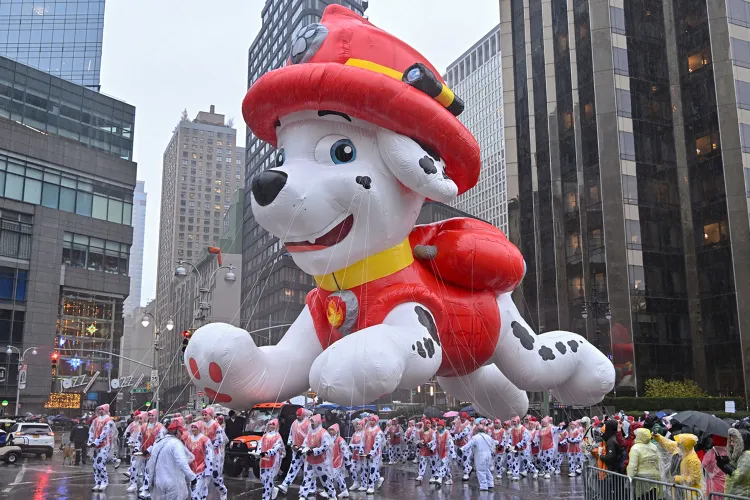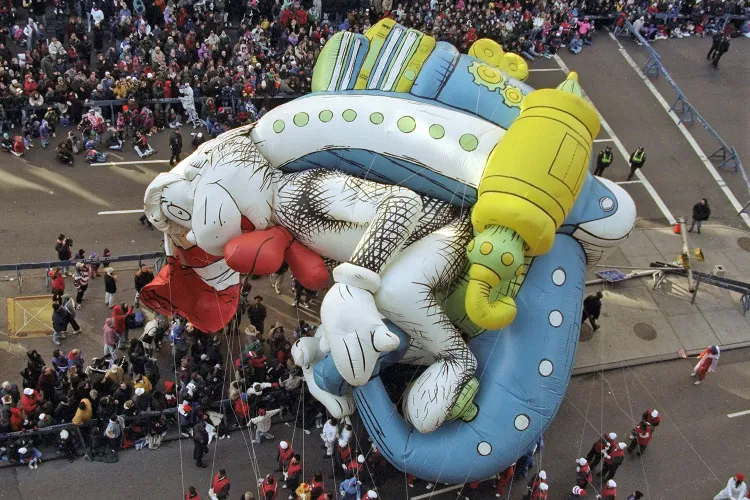Inside the Secret Life of Macy’s Thanksgiving Day Parade Balloon Handlers — What Really Happens Behind the Scenes from 3 A.M. to Showtime
Long before the rest of the country wakes up to the warm smell of turkey and the comfort of a slow, easy holiday morning, a different kind of Thanksgiving tradition is already in motion on the streets of New York City. By the time most families turn on their televisions to watch the Macy’s Thanksgiving Day Parade glide between skyscrapers, the people responsible for bringing those iconic balloons to life have already been awake for hours, bundled against the biting November wind, their roles more demanding than most viewers could ever imagine. For the millions watching from home, the gigantic floating characters seem almost effortless, drifting cheerfully above the crowds. But for balloon handlers — the volunteers guiding them — the reality is far more intense, surprisingly physical, and, for many, deeply emotional.
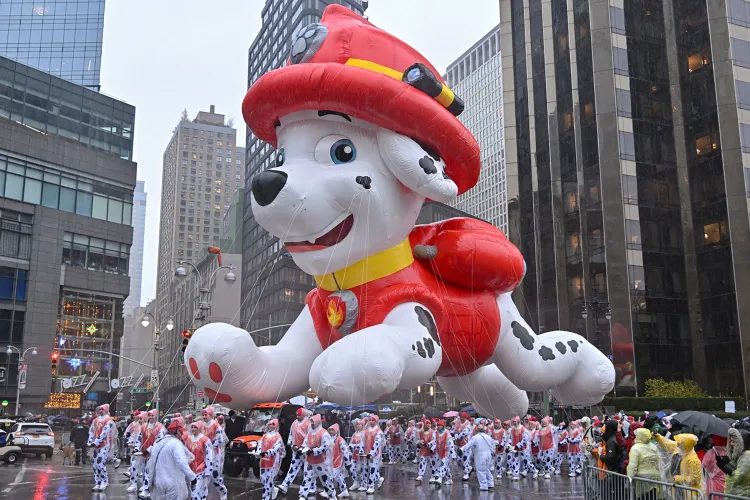
The parade is a New York institution, one of the most recognizable holiday traditions in American culture. First held in 1924, it has expanded into a spectacle watched by an estimated 20 to 30 million people annually. But the show’s most enduring symbol — the supersized helium balloons — relies on ordinary volunteers who undergo training, wake up in the middle of the night, and accept a surprising amount of responsibility. PEOPLE spoke with former balloon handlers who described a world that is often unknown to the public: a world of teamwork, precision, and a shared thrill that keeps volunteers coming back year after year.
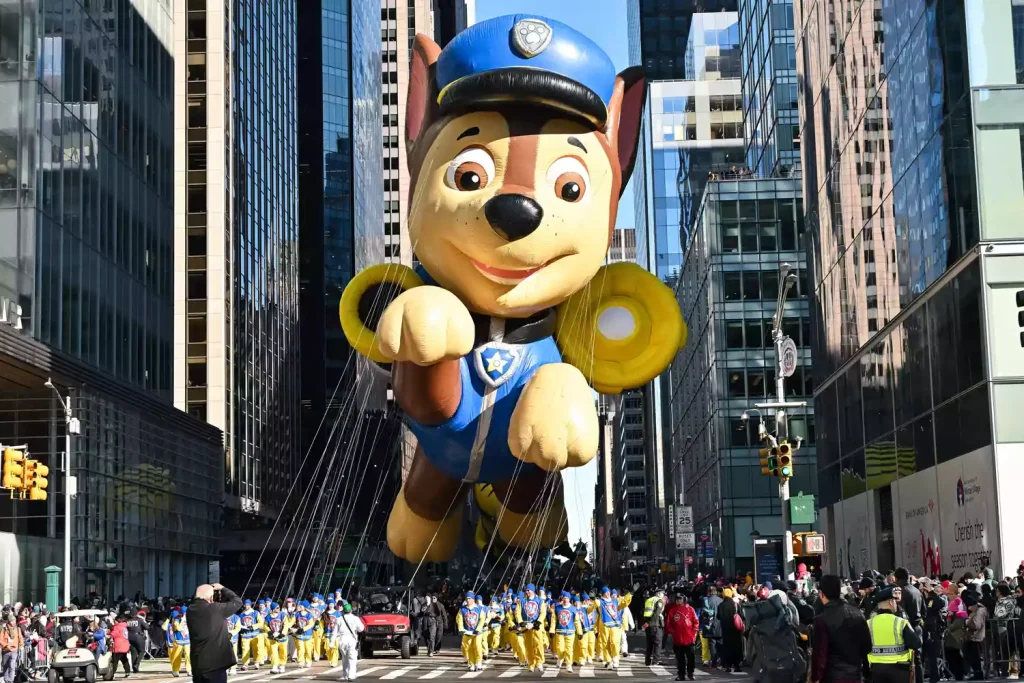
Becoming a balloon handler isn’t as simple as signing up online. Macy’s selects volunteers through an internal application process, and most handlers join through referrals from Macy’s employees or long-time parade volunteers. For many, it’s a small but cherished honor, one of those rare New York experiences that feels simultaneously personal and larger-than-life. The handlers PEOPLE spoke with described the moment they received their acceptance email as unexpectedly emotional — a reminder of how meaningful the parade becomes to those who help bring it to life. Some grew up watching the balloons glide across the screen every holiday, never imagining they would one day be responsible for steering one through Manhattan. Others saw it as a bucket-list experience, equal parts fun and challenge.

The day begins early — painfully early. Handlers meet around 5 a.m., often in temperatures that feel far colder than the weather forecast suggests. Dressed in jumpsuits, gloves, hats, and the occasional character costume, they gather around the deflated balloon representing their assigned character. The transformation from fabric to floating icon is a carefully orchestrated process. The balloon is inflated with helium under strict supervision, and the handlers begin practicing the movements they will execute once the parade starts. The training is simple in structure but critical in execution. Handlers must understand how to grip the lines correctly, how to keep the balloon centered, and how to react when a sudden gust of wind threatens to pull it off course.
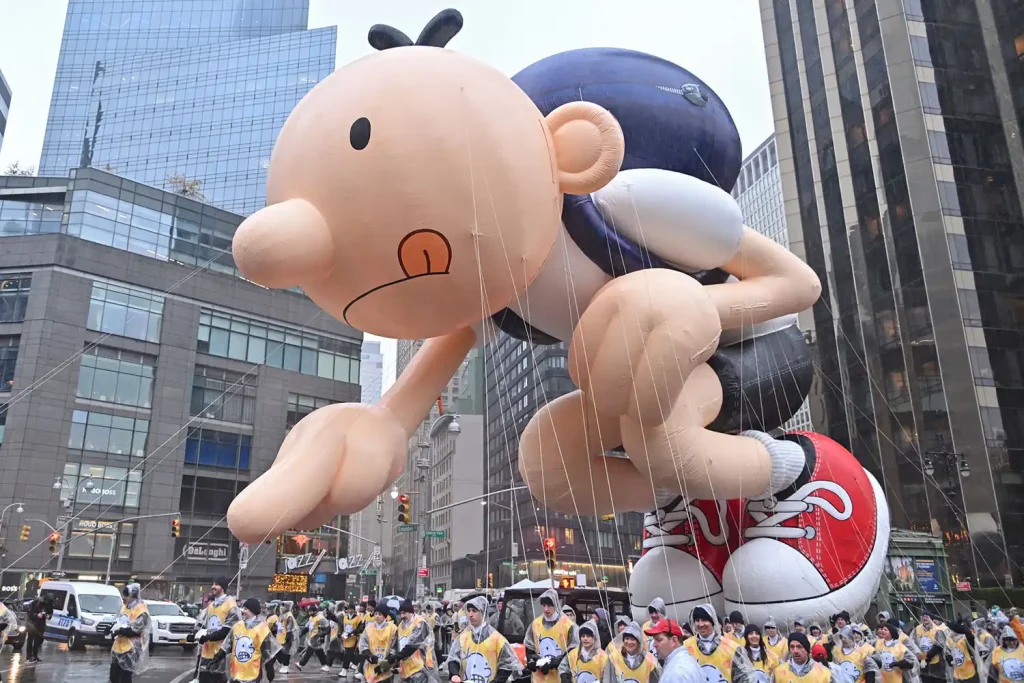
Wind is the parade’s biggest enemy. Handlers described it as unpredictable and sometimes unnerving, especially on intersections where tall buildings create fierce crosswinds. Even the slightest shift can tug the balloon in a direction the team wasn’t expecting. That’s when communication becomes essential. Each balloon group has a captain, typically someone with multiple years of experience, who calls out instructions throughout the route. The team must stay alert, listening for every cue and adjusting quickly. A balloon that looks calm to viewers may actually be fighting against invisible forces, and handlers often feel the tension in their arms and shoulders long before anyone watching notices a thing.

The balloons themselves are enormous — some measuring up to 60 feet tall and 90 feet long — and their size becomes most overwhelming when handlers are standing just beneath them. Their perspective is entirely different from the viewers’ perspective on TV. Underneath the balloon’s massive form, bright colors fill the sky in every direction, turning the handlers’ world into an upward, surreal canopy of helium and fabric. One former handler described it as “standing under your childhood come to life,” a feeling that never got old no matter how many years they participated.
But balloon handling is not just physical; it’s emotional. Many volunteers join the parade because of personal memories, often tied to the loved ones they watched the parade with growing up. One former handler told PEOPLE that he applied the year after his grandfather passed away, wanting to honor the man who woke up early every Thanksgiving just to watch the parade from start to finish. Walking the route with a balloon above him, he said, felt like stepping into the tradition rather than just observing it. Stories like that repeat across the parade — people carrying the weight of nostalgia alongside their balloon ropes.
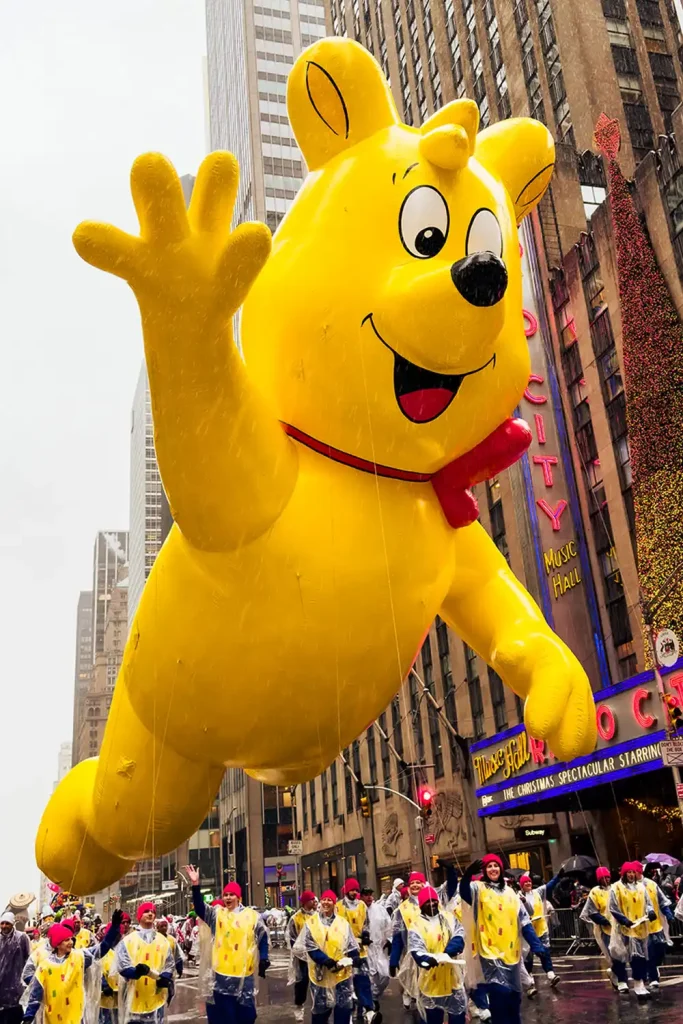
There are also the moments of pure joy, the kind that volunteers say make the long hours worthwhile. As the parade turns onto Sixth Avenue and tens of thousands of spectators line the streets, handlers hear cheers, laughter, and children shouting the names of characters floating overhead. It is often the first time the handlers truly feel the scale of what they’re part of. They aren’t just guiding a balloon — they’re helping create a moment that families will remember for years. Parents lift their kids onto their shoulders, faces light up at the sight of a beloved character, and for a few blocks at a time, strangers from all over the world share the same spark of excitement.
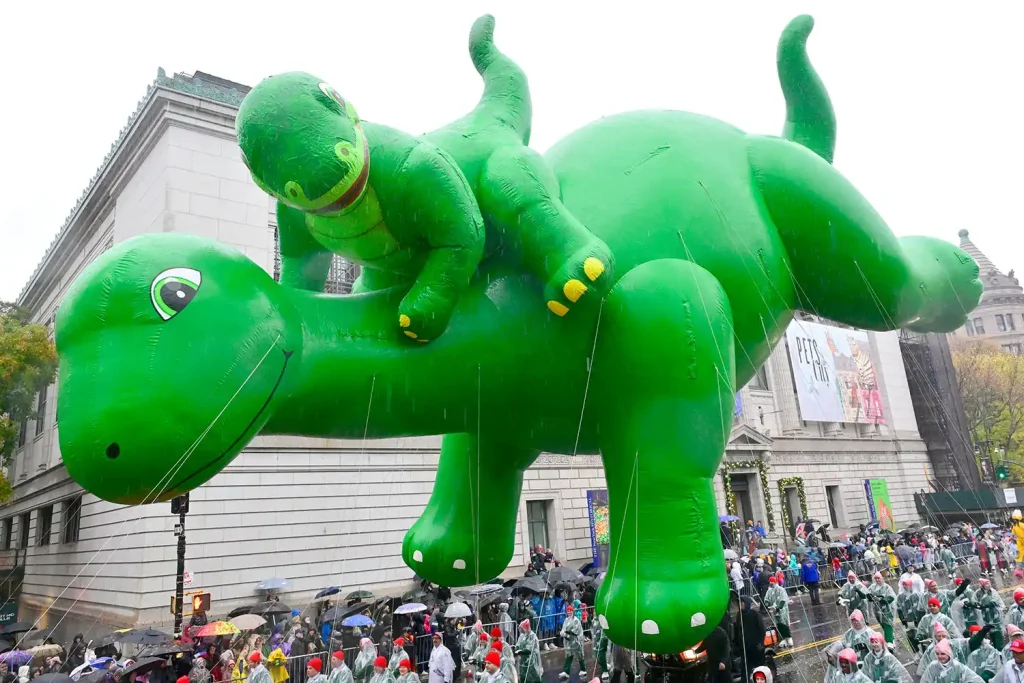
The parade route, however, is its own physical challenge. It stretches approximately 2.5 miles, and handlers must maintain a steady pace while keeping the balloon at a controlled height. The ropes are not as light as they look, and the balloon’s pull varies depending on wind and direction. Some handlers finish the route with cramped hands, aching arms, or sore legs. But they also finish with a sense of accomplishment few experiences can match. The exhausting combination of cold air, adrenaline, and collective pride becomes its own reward.

Even the process of deflating the balloon is an controlled operation. Once the parade ends, handlers guide the balloon to the designated area and carefully release the helium. The balloon collapses slowly, folding into itself as the handlers assist with storing it for transport. For volunteers, this final step is often bittersweet. The excitement of the morning fades into a calm sense of closure, and many linger a little longer than necessary, reluctant to let the experience end. Some take photos, others exchange hugs, and most say they feel something similar to completing a marathon — drained, but fulfilled.
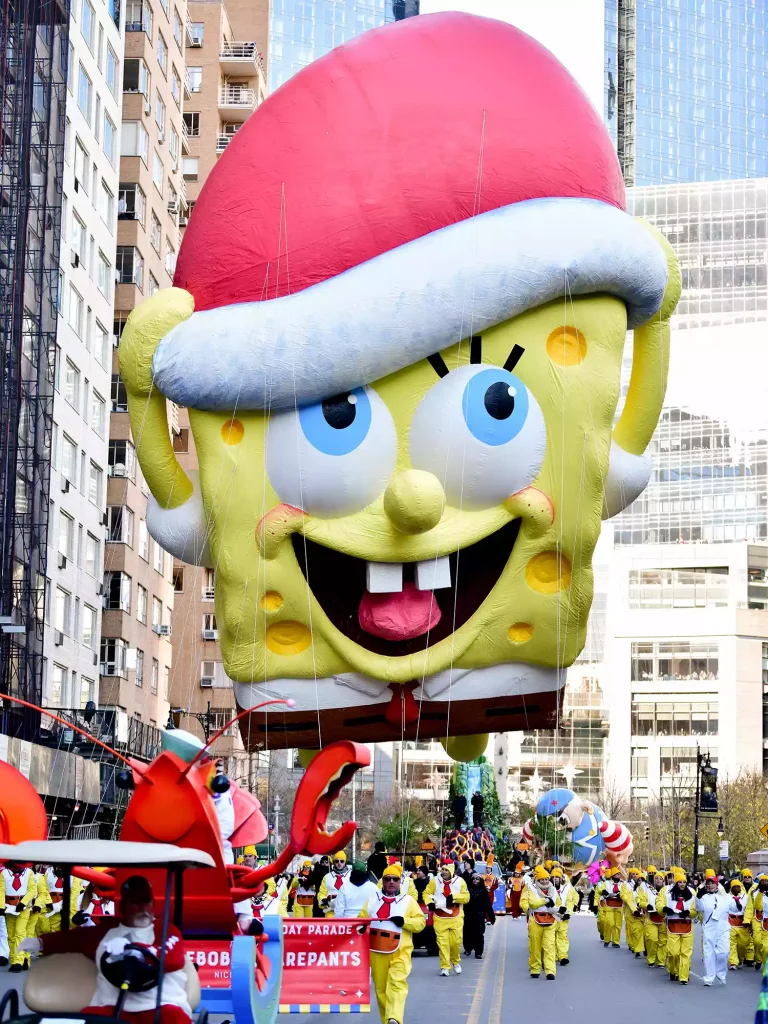
Former handlers shared that the experience stays with them long after the parade is over. Many return year after year, forming friendships that last beyond Thanksgiving. They described a shared unspoken understanding — once you’ve held a balloon rope together in freezing wind, you feel a bond that doesn’t break easily. It’s one reason the parade maintains such a loyal volunteer base. People don’t just come for the spectacle; they come for the sense of community the parade creates behind the scenes.

The more volunteers talked about their experiences, the clearer it became that balloon handling is a blend of duty and delight. It requires early mornings, physical endurance, and a commitment to safety. Yet the reward is profound. Being part of something so iconic — something broadcast in millions of homes worldwide — gives volunteers a unique position at the intersection of holiday magic and human effort. They are both invisible and essential, and they take pride in that unusual balance.
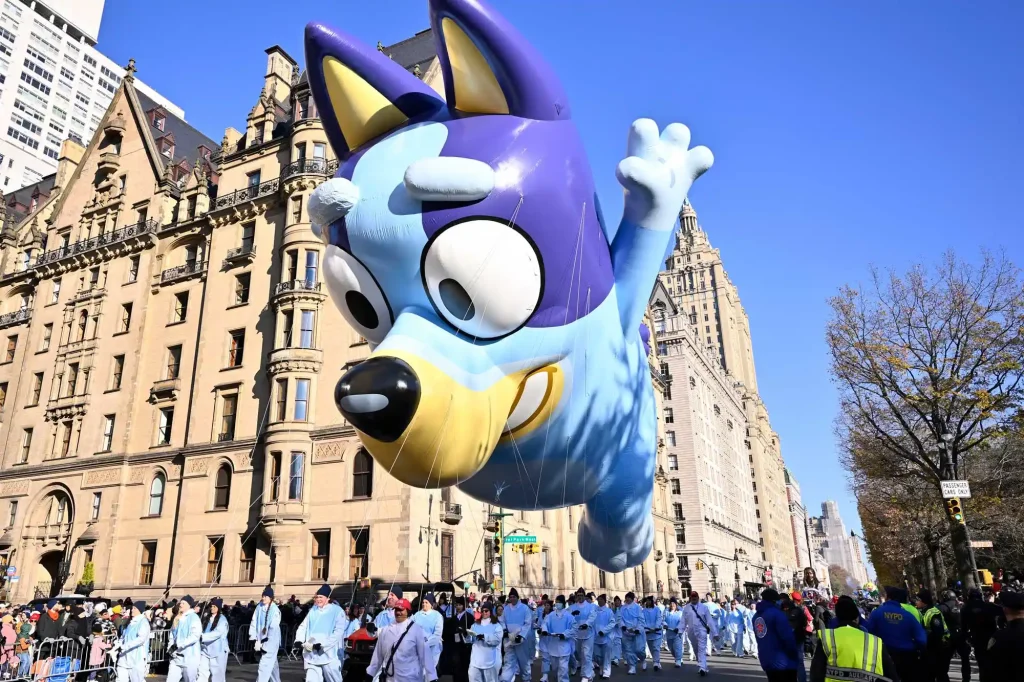
While viewers at home enjoy the parade from the comfort of the couch, the handlers on the ground experience something else entirely. They see the parade from inside the spectacle, immersed in the noise, the color, the cold, and the joy. They feel the weight of the ropes and the responsibility of guiding something enormous and symbolic through one of the busiest cities in the world. They feel the gratitude of the crowd and the camaraderie of their team. They carry traditions, memories, and a bit of chaos with them until the final step of the route.
For most of them, volunteering isn’t just a fun activity — it becomes a treasured part of their lives. They step into the parade knowing that the country sees the balloons, but not the people beneath them. And somehow, that makes it even more meaningful. The Macy’s Thanksgiving Day Parade will always be remembered for its massive characters, marching bands, and televised magic. But behind every soaring balloon is a dedicated group of volunteers holding on tight, fighting the wind, smiling through the cold, and bringing joy to millions — one rope at a time.
